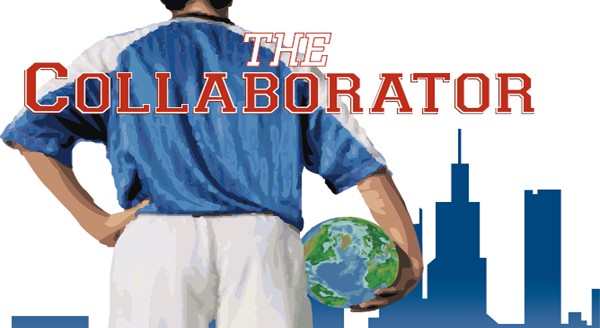In my book, The Collaborator: Discover Soccer as a Metaphor for Global Business Leadership, I describe the game of soccer as the “best” example of a sport with teams charged to perform their work under changing conditions. Why soccer? Played at its highest level, the best soccer teams in the world succeed by applying a “mindset” that recognizes a mutual dependency (i.e., interdependency) between players on the field described as “genuine” collaborative teamwork.
We know that most people don’t function with a mindset that supports genuine collaborative teamwork. The typical mindset supports “group work” that is more about cooperating and coordinating with others. This disconnect explains, in-part, why team development has been an ongoing challenge in organizations.
In The Collaborator… 11 operating principles are introduced – and serve as “governing” principles – to describe how people can cultivate an “alternative” mindset for practicing genuine collaborative teamwork in the workplace. These principles “mirror” actions that happen on the soccer field. Once understood, they must essentially become “habits” for the team to develop! Listed below are the 11 operating principles (i.e., habits of highly effective teams). These are listed in no order…and are in-play all of the time:
- Focus On Team – Not Positon: Addresses the need to focus on results produced when “all” positions effectively interact on the business field;
- Understand That Everyone Can Play: Recognizes that “technology” is the great “enabler” allowing people everywhere – to play…to collaborate….in business;
- Embrace Diversity: Represents the “prerequisite” for partnering in global business…and serves as a springboard for establishing trust… Diversity brings strength to teams;
- Rely On Each Other: Reinforces the team orientation…minimizes the “silo” mindset…recognizing a “mutual” dependency between people…promoting genuine collaboration;
- Promote Both Individual & Team Values: Deals with managing “both” values in a never-ending cycle to help ensure that the process for producing team results is working;
- Seek Skillful, Adaptable Players: Promotes the need for “flexibility” for managing change…requires people and teams who can quickly “assimilate” and use new skills, information and the like…and recognizes that multiple skills are need to play the game of business;
- Charge The Team To Perform The Work: Recognizes the “self-directed” nature of the team charged with performing the work…and recognizes that the team’s performance during the game (business) is “left up to the team;”
- Empower Players To Win: Speaks to the “commitment” to developing all employees…to providing continuous feedback….all for the purpose of positioning people to make better decisions;
- Coach Teams To Respond To Changing Conditions On Their Own: Reinforces the application of a “real” team…self-directed, operating on a real-time basis…responding to changing conditions;
- Develop Partners On The Field: Recognizes that “all” players on the business field are leaders…and requires viewing every opportunity as a leadership development step;
- Achieve Cross-Cultural Agility: Calls for leveraging “relationships” in business to achieve results…transcending “technique” in dealing with people across cultures.
An “alternative” mindset can be learned for supporting genuine collaborative teamwork using the 11 operating principles from my book. In 2016, The Collaboration Game™ was launched to help people accomplish this task. Using a board game simulation, people are placed on small teams whose purpose is to function with a mindset that supports the application of competencies focused on collaboration skills. Teams are challenged to discover solutions to a series of business scenarios that examine their mindset (and skill-set) for offering win-win solutions. To learn more about The Collaboration Game™ go to www.winsorjenkins.com
Indeed, today’s global workplace – where technology is empowering organizations to be more responsive to markets and empowering employees on the front line to make decisions, to take risks and manage constant change – has become more and more like soccer.
